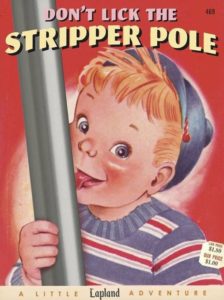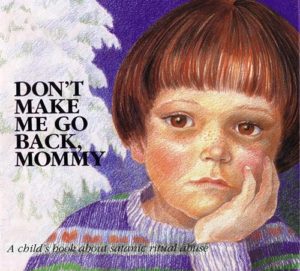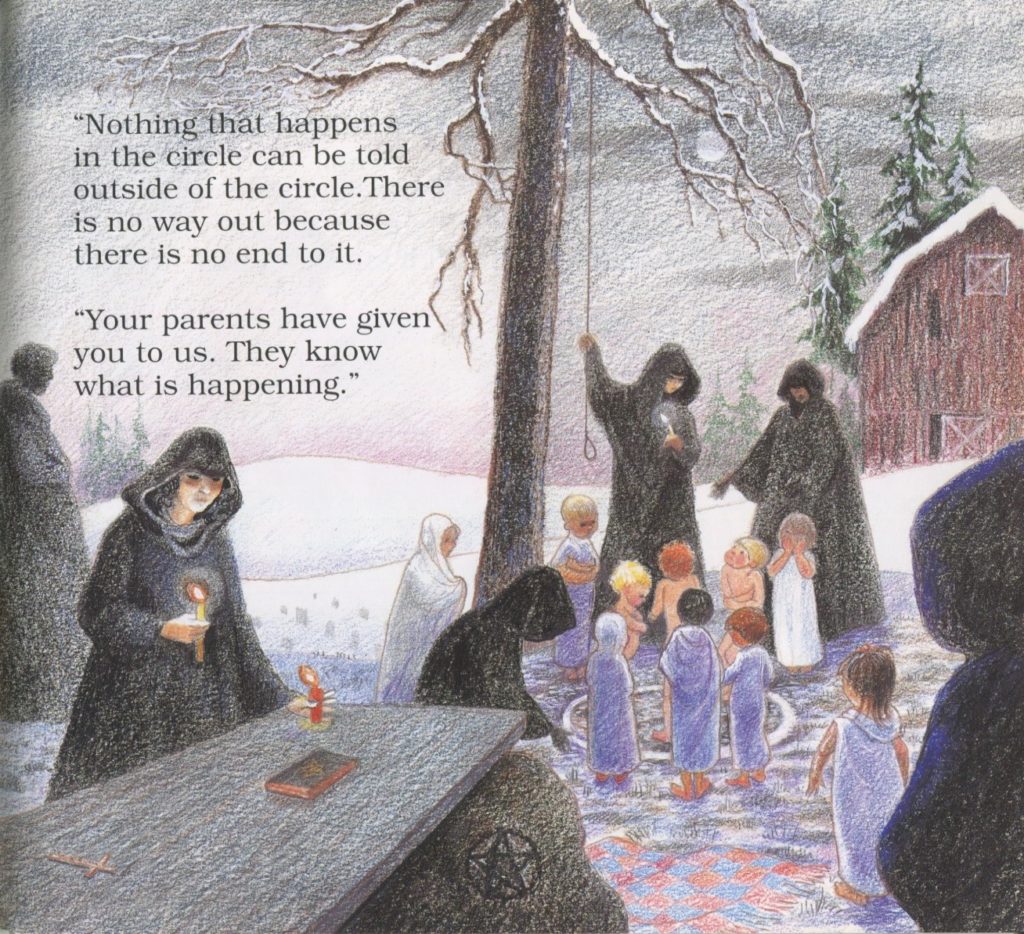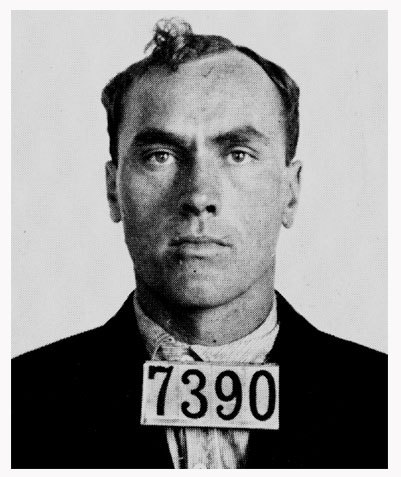Book: The Devil Called Collect: The Exorcism of Jessica Leek
Author: J. Stephen Conn
Type of Book: Non-fiction
Why Do I Consider This Book Odd: Because it’s the sweetest, sincerest book about exorcism ever written.
Availability: Self-published in 2008 using iUniverse, you can get a copy here:
Comments: I bought this book off Amazon knowing nothing about it other than the title. You have to admit this is an excellent title. Isn’t that just like the Devil to call collect? And after that he leaves the toilet seat up and drinks milk straight from the carton. Of course I thought this strangely anti-climactic title masked a turgid and purple story of a young priest and an old priest milking pea soup out of some beleaguered victim of demonic possession. But that isn’t the case. This is the least melodramatic, matter-of-fact, strangely sweet exorcism tale I’ve encountered, and I’ve encountered quite a few. And because this book presents such a benign and relatively uneventful exorcism, I actually believe these events occurred as Rev. Conn presents them.
I mean, I think most of us understand that these sorts of cases are embellished, and if you are a heathen non-believer like me, you think such cases are embellished because there is no Satan or various demons to possess us. There’s just mental illness and hucksters and between the two we get some amazing stories. I love those amazing stories, too. Give me a book in the vein of the many cases Ed and Lorraine Warren pimped over the years and I’ll probably consume it in one sitting. I love the late Warrens, but they never met a haunting or possession that they couldn’t tart up in some manner. Horror writer Ray Garton talked about what it was like to write the book, A Dark Place, about the Snedeker family’s haunting. The story he wrote was later adapted into the film A Haunting in Connecticut, and he doesn’t mince words explaining that the Snedeker adults and the Warrens engaged in a long-con fraud.
But we know that, don’t we? I mean, some of us do. And that most stories of hauntings and possessions are false doesn’t really deter my enjoyment of such stories unless I know that something extraordinarily awful occurred in the commission of the fraud, or if a family that was enduring something they genuinely could not explain were manipulated by exorcists or paranormal investigators. While the Warrens were definitely manipulators to a degree, their roles in cases were generally that of conspirators or comforting shoulders to cry upon. You either made some money with them or you gave them the wretched doll you insist was trying to kill you and they kept it behind glass, relieving you psychologically until they launched a tiresome movie franchise around that evil toy.
That is not what is happening in this book. I know nothing about J. Stephen Conn, but that he writes such a plain and earnest story about an exorcism of a young woman scores some serious points in his favor, where truth is concerned. I believe that Rev. Conn believed everything “Jessica Leek” told him, and that he believes he helped save her from spiritual torture. That the story doesn’t hold much water doesn’t really matter where my opinion of him stands because even if I don’t believe Jessica Leek and can poke holes in her story from miles and decades away, he did believe her. He did his best to help and he never once reverted to movie cliches or deeply Catholic exorcism tropes.
Even though there was a backbone of cinematic exorcist movies and books at the time this story occurred, there is a refreshing innocence and a genuine desire to help found in all the religious folk in this book. The story begins in Georgia in 1980, and the clergy involved are Methodists. It was easier for these clergy to imbue fewer “liar liar pants on fire” motives to Jessica than I would have, had I been an adult at the time. I hope I don’t sound like I am patronizing Rev. Conn and his associates. To the contrary, honest people believe other people are honest, and good people tend to expect good behavior from others. Feel free to do the moral math on why I am such a skeptic. Even though this book was written 27 years after the events took place, Rev. Conn used notes he and his wife took at the time and even with decades of distance, the book he wrote was still informed by the young family man who just wanted to deliver a young woman from evil.
Not so short summary: In March, 1980, a young woman whom Rev. Conn calls “Jessica Leek” makes a collect call to him at around 2:00 a.m., early on Wednesday morning. He accepts the charges and Jessica, in a soft voice, asks if he can help her. She tells him she is in Atlanta, that she’d been hitch-hiking but had been left on the side of the road, and someone had given her his number as someone who could help. But Rev. Conn was in Augusta, 145 miles away. He advises her to call a church in Atlanta. But she can’t do that, she says, because she is:
…a witch of the fifth degree. I’m about to be initiated into the sixth degree of our Order and all of a sudden I’m scared. Strange things are going on and I’m afraid something bad might happen to me.
Rev. Conn actually apologizes to the reader for seeming like he was trying to foist this hitch-hiking witch off on the church in Atlanta, then tells Jessica again she needed to contact the church closer to her. She plaintively asks him if he will help her, why can’t he help her? He explains that he’s not sure if he can, that the only person who can is Jesus Christ. Upon hearing that name, Jessica begins to speak in a demonic voice, that says:
No, no, you can’t have her. Just hang up the phone. You can’t have her. She is mine.
Of course, he doesn’t think she could possibly have produced the demonic voice, and that proves, in a way, that she’s really far more troubled than he expected, that this isn’t just a drunk girl worried about being stuck on the road for the rest of the night. Rev. Conn asks who is speaking, wondering if she has a boyfriend there with her, but the demon in Jessica says, to effect, that they are legion.
Uh oh.











